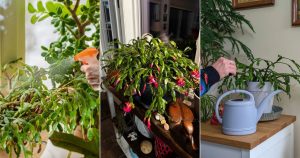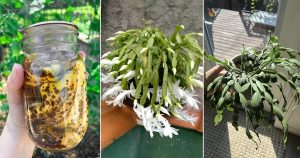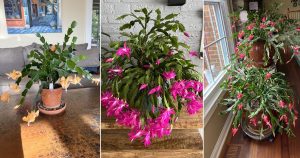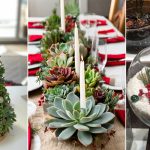Overwatering succulents? Well, that’s a problem. Try this chopstick trick to avoid overwatering your succulents.
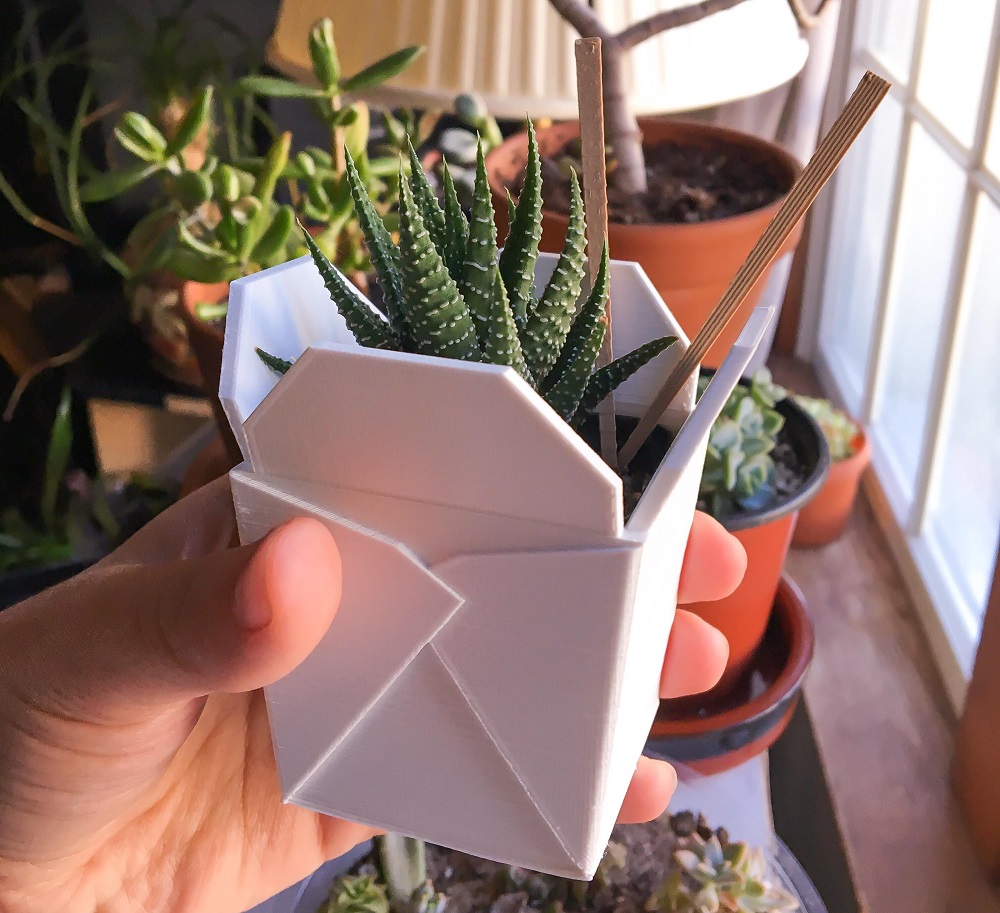
As true as the sun rising in the east, we all know that succulents hate being overwatered. But if you haven’t had much experience with them, it can get a little tricky to know how to water them right. So, here’s a chopstick trick that can help you a lot when it comes to these drought-tolerant beauties.
Chopstick Trick To Avoid Overwatering Your Succulents
No, we are not talking about making ramen from your succulent roots! Instead, the chopstick trick is actually pretty straightforward. Basically, you just want to check the soil in your succulent pots. Consider this as a DIY soil moisture tester.
You can even use a bamboo skewer or wooden stick—just make sure it’s porous enough to absorb moisture, or the trick won’t work.
How to Use Chopsticks for Succulents
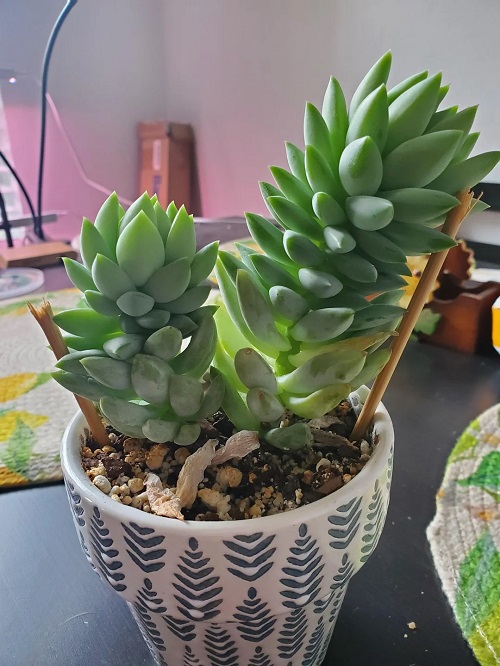
Rather than investing in a soil moisture meter right away, try this simple method first to figure out whether you’ve been overwatering your succulents. All you have to do is insert the chopstick into the soil. Once you pull it out, check if the soil is sticking to it.
If yes, the soil’s still moist—don’t water. If it comes out clean, it’s watering time.
Want to be sure? Insert it at least 2 to 3 inches deep. The top may look dry while the bottom is still damp—this avoids being fooled.
You’ll notice that during the winter months, your succulent goes dormant. So, of course, they need less water than usual. In winter, soil stays damp longer since water evaporates slowly. The chopstick trick becomes even more useful during this time.
Also, place your succulents near a bright window. More light = faster evaporation and less soggy soil.
Time to Check the Roots!
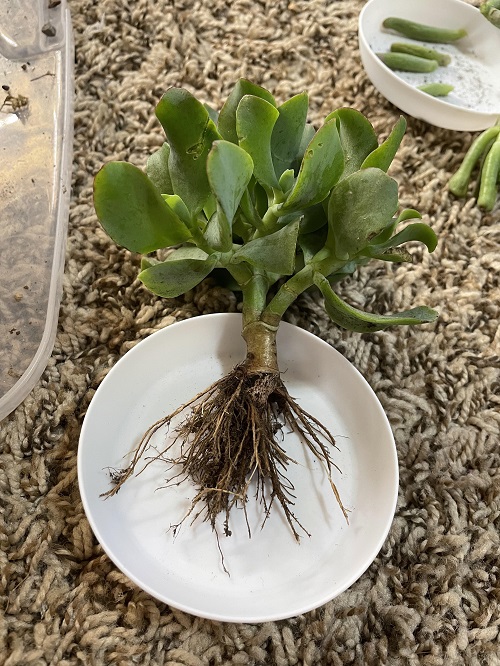
Before you start poking around, be gentle not to jab the roots too hard. Now, if you suspect overwatering, watch out for yellow leaves, squishy stems, or worse—mushy, brown roots.
Generally, healthy succulent roots would be a lighter color, like white, or slightly yellowish or greenish. However, as root rot starts to set in, they lose their turgidity from sitting in wet soil. The easiest clue is a foul smell coming from the soil.
And as you gently lift your succulent out, you’ll be able to see the mushy roots too. Sadly, once it gets to this stage, it’s hard for the plant to bounce back.
If the rot’s limited, trim it off with sterilized scissors and repot in dry soil. For severe damage, your best bet is to propagate a healthy part and start over.
Quick tip: Let trimmed roots air dry for a few hours before replanting—this helps keep the rot from returning.
How to Water Succulents in the Best Way
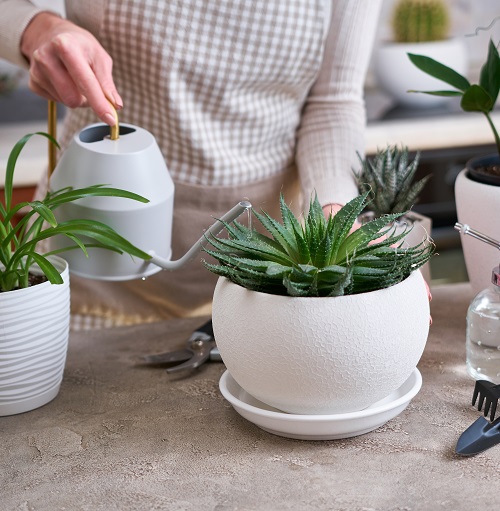
The above scenario’s no fun, but that’s where the chopstick trick really shines—especially if you’re new to succulents. Also, take time to learn about your specific succulent types—they don’t all follow the same rules.
Most succulents are drought-tolerant, so they prefer deep sips, not frequent gulps. Always water deeply, but let the soil dry out fully before the next round. And yes, drainage holes are a must!
Also consider pot size, soil, and lighting—they all affect how often you water. In winter, reduce watering by at least half. Trust your chopstick to guide you.
Avoid glass pots or pots without drainage—they trap moisture and may quietly doom your plant.
Try out this simple yet effective chopstick trick and you can also try the toothpick trick (check out the details here) if you tend to give your succulents too much love, and let us know if your succulents keep thriving in the comments below!

